On March 8, 2019, we reflect on the progress that women have made in society, in schools, and in the workforce and the progress that still needs to be made to ensure an equal society for women around the world. The theme of International Women’s Day this year is #BalanceforBetter, aiming for gender equality in all aspects of life. As balance and representation are crucial for women’s equality, we thought we would take a look at one of the most significant hurdles that holds women back in the workplace: unconscious bias.

Implicit, or unconscious bias, from a biological and evolutionary standpoint is our brain’s way of keeping us safe. Over time, our brain has made shortcuts to circumvent long thinking patterns so that, in a time of danger, our brains don’t have to work as hard to make decisions. These snap judgments are influenced by socialization, our culture, experiences, expectations, and stereotypes. As it relates to gender, unconscious bias explains how we think about certain traits and takes form in the different words we use to describe women and men, even from a very young age. While “bossy” might be used to talk about a girl who takes charge, “assertive” might be used to describe similar behavior in boys. Additionally, the social expectations placed on women in many countries to be “nurturing” or “kind” can hold women back from top leadership positions where more traditionally masculine traits are valued.
We often make these judgments and form harmful assumptions about entire groups of people without realizing it. Even those of us with training on overcoming unconscious bias aren’t always immune. If it truly is that pervasive and hard to identify, what can we do to counteract its influence in our lives, from the playground to the boardroom? Below are three steps you can take to combat your bias:
- Awareness
The first step to overcoming unconscious bias is to recognize the part it plays in your thinking. While a strong link between bias and behavior is disputed among experts, reflecting on your own behaviors and thought patterns is a positive first step. If you can pinpoint certain biases linked to gender, such as word associations (friendly, warm, caring = feminine / weak; achievement-oriented, assertive, dominant = masculine/strong), you can gain better insight into why gender inequality might exist in hiring, evaluation, and promotion practices.
If you are curious to see where your biases might be strongest, www.implicit.harvard.edu allows you to take tests about different types of bias (be honest), from gender to racial, to see where you stand.

- Training
Training is an important step to overcoming identified bias. Training and education can raise awareness and highlight how stereotypes and cultural norms contribute to inaccurate thinking about a group of people. Another way to counteract unconscious bias is to increase exposure to the object of your bias, but within a positive context. By associating negatively connotated words with a positive meaning, you can retrain your brain to view previously negative traits in a new light.
For training to be effective, there has to be a combination of awareness and skill-building over time. Because our bias is deeply ingrained, it might take more than a single seminar to counteract. Pairing this training with the setting of measurable and attainable goals is a proven strategy for success.
- Action

If you have identified unconscious bias impacting the way you view women in the workplace, and you have received training on how to combat subliminal thinking, what additional steps can you take to achieve better balance in the workforce?
a. Blind hiring – Removing demographic data such as age and name from resumes in consideration for a particular job is an effective strategy to make sure that individual hiring managers view candidates on equal footing, especially because unfortunately in many situations and because of gender bias, women have to be more qualified than men for the same job to be considered on the same skill level. Blind resumes also ensure that only skills and achievements are evaluated and not the risk that an employee will leave the workforce after having kids (the “parent gap”).
b. Quotas – Implementing quotas is a straightforward way to achieve balance in the workplace. Some experts advocate placing quotas as a fundamentally positive means to increase representation and serve as a first start to equitable hiring practices. However, others argue that focusing on gender rather than skill or qualification alone may be a step back for gender equality. You can read more about quotas in the workplace here: https://www.gendereconomy.org/the-debate-about-quotas/
c. Flexibility – Becoming more adaptable to your employee’s needs encourages a more gender balanced workforce. In most parts of the world, domestic tasks continue to fall on women, regardless of whether she works out of the home or not. Providing flexible hours or policies for employees ensures that employers do not lose out on the skills and contributions of an employee just because she may have children and might not be able to work a regular 9-5. Even in parts of the world where assumptions about a woman’s desire to start a family and leave the workforce are made, flexibility is a workaround that allows for a higher percentage of female participation in the workforce.
d. Other successful strategies that have been employed to increase equality in the workforce are mentoring practices and employee resource groups.
Unconscious bias may seem like a difficult barrier to cross, and for many, confronting their bias can be a sensitive issue. In 2019, we like to believe that we have overcome this particular obstacle to success and that bias no longer plays a significant role in our decision making. Recognizing that your implicit bias might still be a significant part of your initial assumptions and expectations about someone; retraining your brain to view these groups of people in a more positive context; and replacing potentially harmful practices with more inclusive ones are steps we can all take to build a more balanced and equal workforce.
Additional Resources:
https://www.ilo.org/wcmsp5/groups/public/—ed_dialogue/—act_emp/documents/publication/wcms_601276.pdf
Cultural Awareness International, Inc. (CAI) has 30 years of remarkable history working with HR and Business Leaders to create unique, personalized solutions that develop their employee talent to perform skillfully in the global marketplace. A proud woman and minority, privately owned and operated company, we holistically address organizational needs for global competency development, diversity and inclusion training, intercultural communication and global leadership with flexibility and innovation.
Additionally, we provide comprehensive destination services that assist both assignees and their families in relocating to a new home and settling into their new community. Our experience collaborating with global companies across all industries and scope gives us invaluable insight to anticipate and address our clients’ needs. Our solutions target not only the needs of globally mobile individuals and their families but also that of teams and senior leadership. CAI’s expertise, creativity, and agility deliver the best sustainable solutions to hone and enhance the skills of your globally mobile talent.


